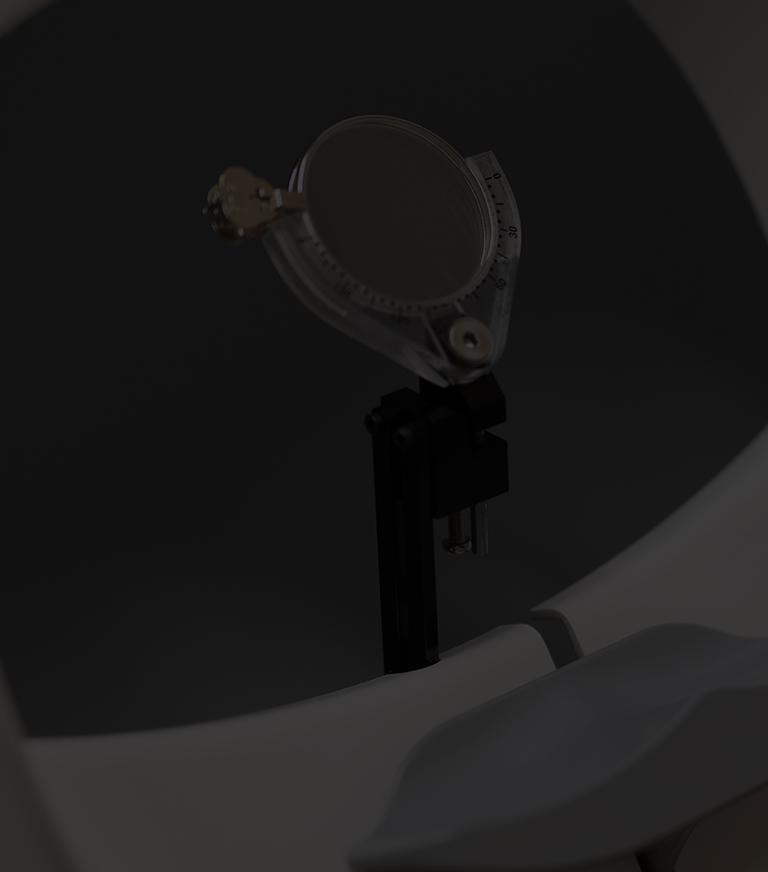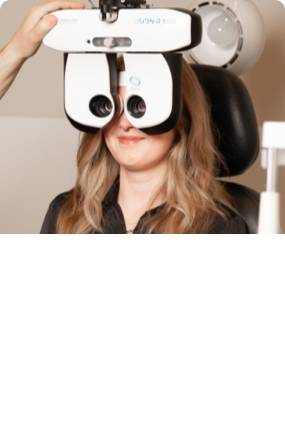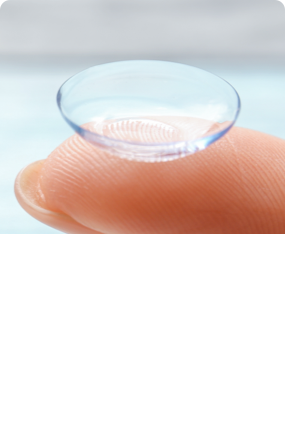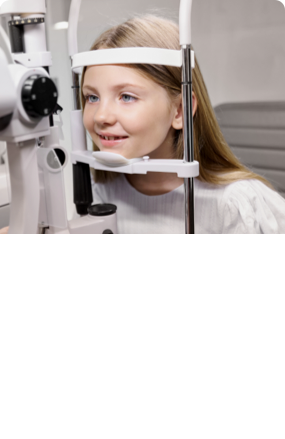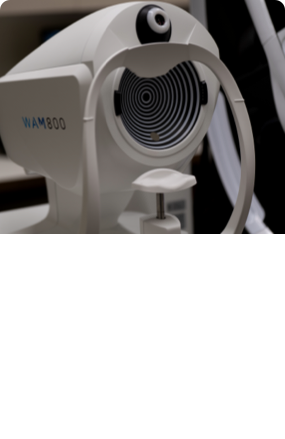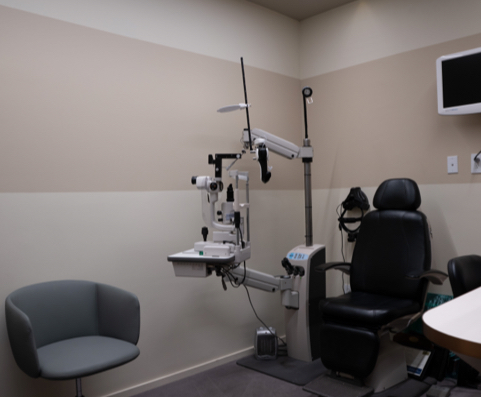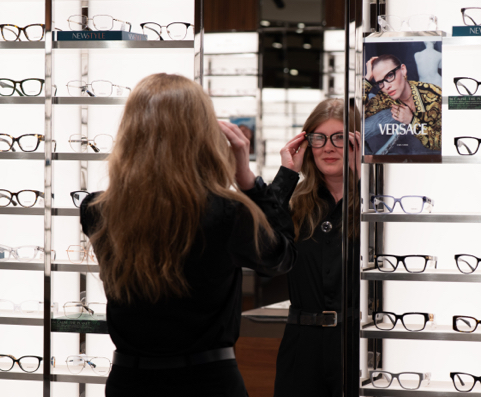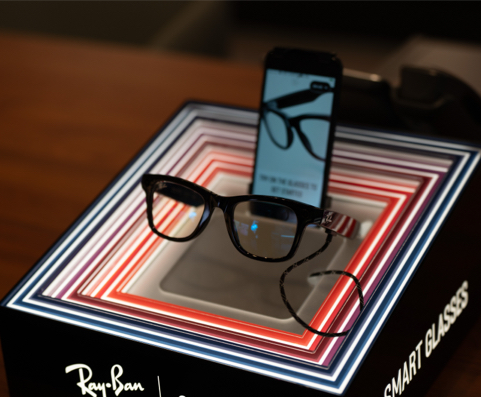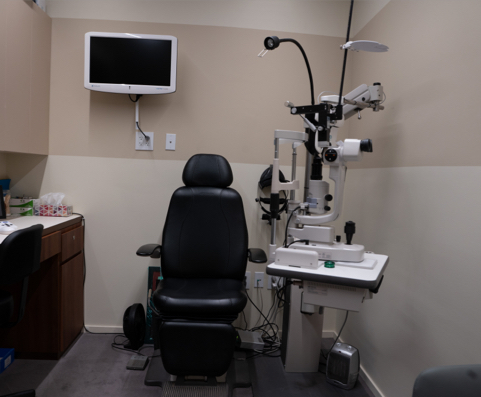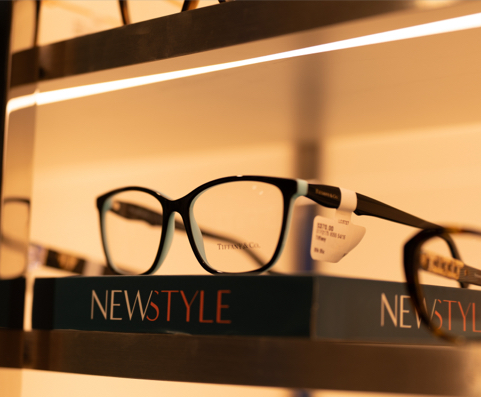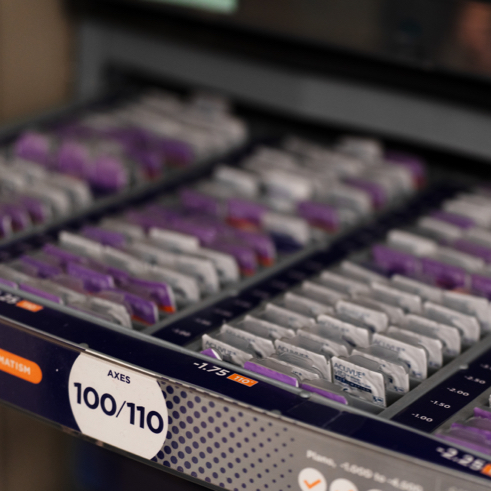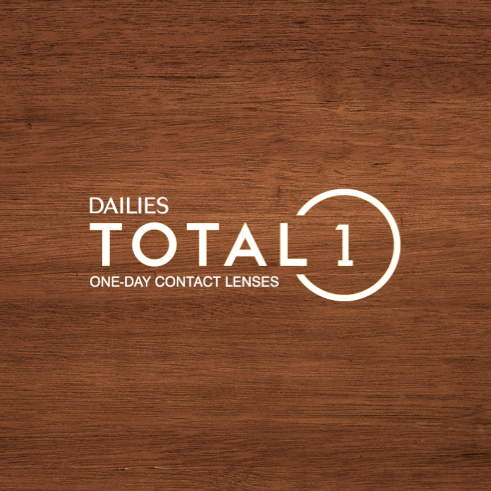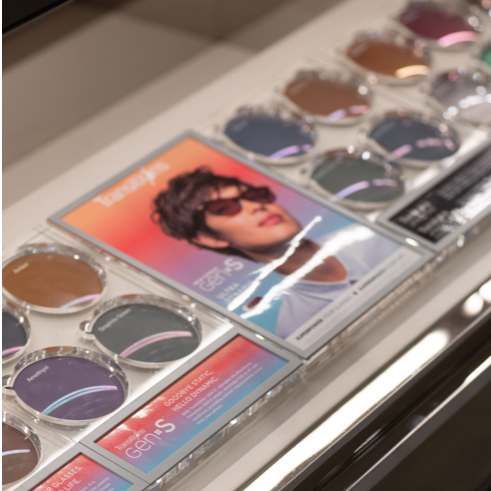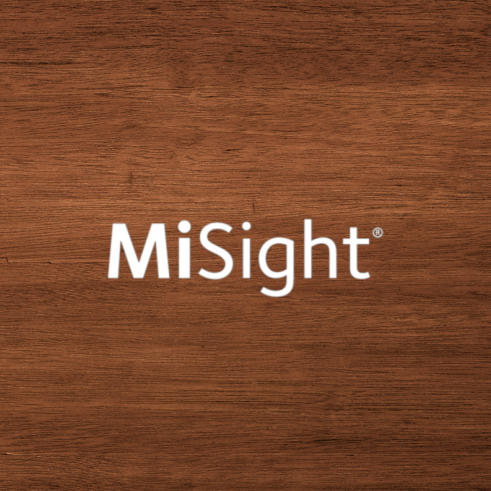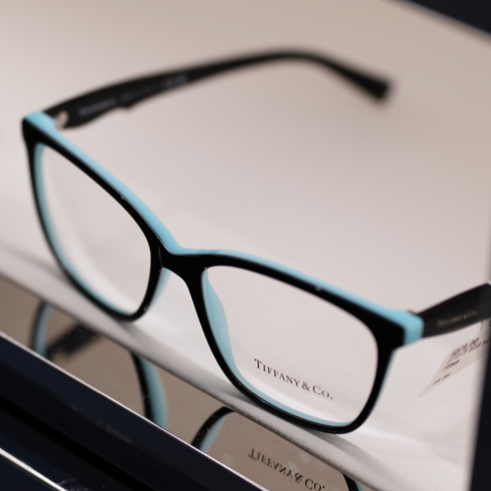For many people, wearing contact lenses is a regular part of their daily routine. However, for those with dry eye, contacts can often cause discomfort and irritation. This can prove frustrating for anyone who would rather not wear glasses.
Luckily, it’s possible to find contacts that are less likely to cause discomfort for those with dry eye. Some contacts that can be a good option for people with dry eye include:
- Contacts with low water content
- Contacts made with silicone hydrogel
- Daily disposable contacts
- Scleral contact lenses
What Is Dry Eye?
Dry eye is a common eye condition that affects a surprising number of people. For example, in Ontario, one study showed that almost 30% of people have the condition. Dry eye occurs when the eyes can’t produce either enough fluid or enough oils to prevent tears from evaporating from the surface of the eye. This leads to the surface of the eyes drying out, eventually causing irritation and discomfort.
What Are the Symptoms of Dry Eye?
Common symptoms of dry eye include:
- Red eyes
- Stinging, burning, or gritty sensations in the eye
- Watery eyes
- Light sensitivity
- Blurred vision
- Irritation when wearing contact lenses.
What Causes Dry Eye?
Dry eye is more common in women and people over 65. Some factors that can contribute to dry eye are:
- Taking certain medications.
- Age
- Environments with dry and smoky air.
- Spending long periods looking at screens, leading to reduced blinking.
Water Content In Contacts
Water content refers to how much water a contact contains. The water in contact lenses is intended to increase the lens’s breathability, making them more comfortable to wear. While this may work great for contact wearers who don’t have dry eye, it can cause issues for those who do have the condition.
High water content contacts can increase the evaporation of moisture from the surface of the eyes. This can dry out the eyes, leading to irritation.
Choosing low water-content contact lenses can help prevent your eyes from drying out. Low water-content contacts should have a water content of 40% or less. Your optometrist can help you find contacts with a water content that works for you.
Materials
Contact lenses are typically made from polymer materials called pHEMA and silicone hydrogel. pHEMA contact lenses may not work for people with dry eye, as they typically allow more moisture evaporation than silicone hydrogel lenses. Silicone hydrogel lenses offer similar breathability to pHEMA contacts, but they retain moisture better.
Silicone hydrogel lenses offer a great balance between moisture and breathability, making them a great option for people with dry eye.
Daily Disposable Contacts
Some contacts can be worn for multiple days, while others must be discarded after being worn. Multi-wear contacts can collect proteins and debris behind them over time. These buildups can rub against the cornea and can lead to eye irritation.
Daily disposable contacts aren’t worn long enough to develop significant protein deposits or debris, making them a good option for people with dry eye.
Alternatively, by following proper wear and cleaning instructions, it’s often possible to avoid the buildup of protein deposits and debris even on multi-day contacts.
Hard vs. Soft Contacts
Contacts come in soft and hard varieties. Hard contacts are also known as rigid gas-permeable (RGP) lenses. Soft contact lenses are often a good option for people with dry eye, as they are often more breathable and hold more moisture than RGP lenses.
However, one kind of RGP contact, scleral lenses, can sometimes be especially effective for those with dry eye. Scleral lenses are larger than regular contact lenses and also cover the sclera (the white part of the eyes).
Scleral lenses have less contact with the cornea than soft contacts. They also create a gap between the contact and the eye, which allows for a small pocket of tears to provide a reservoir of moisture. This reservoir protects the cornea, keeping the eye moisturized.
How to Take Care of Your Contacts
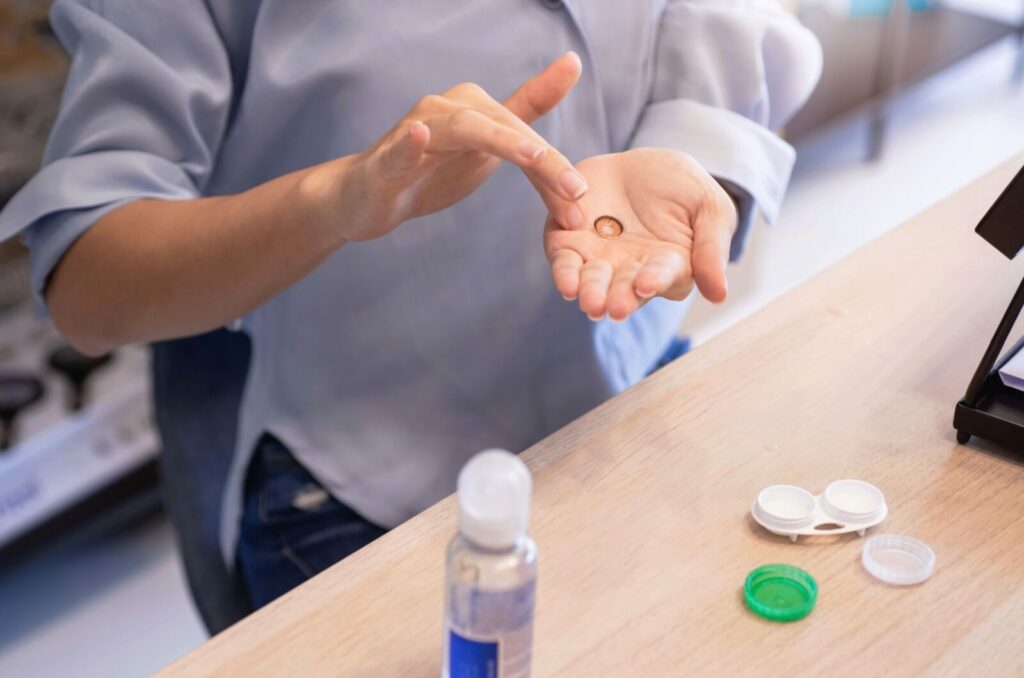
No matter what kind of contacts you use, they may lead to eye irritation if you don’t take care of them properly. Poorly fitted and dirty contacts can lead to scratches on your cornea, light sensitivity, eye pain, and even infection.
When cleaning contacts you should:
- Always wash and dry your hands before handling contacts and touching your eyes.
- Use a contact cleaning solution to gently clean contacts.
- Rinse each lens with a contact solution.
- Place each lens in its designated container and fill containers with contact solution.
- Seal each container tightly.
Your optometrist will give you in-depth instructions on how to clean and store your contacts. Make sure to consult your optometrist about any contact lens questions you have, and always follow your optometrist’s instructions when using your contacts.
Find Your Contact Lens Solution
Having dry eye doesn’t mean that contact lenses are off the table. By consulting your optometrist, you can find contact lenses that work for you and your eye health needs.
At Orchard Park Optometry, we offer multiple contact lens options for people with dry eye. Book an appointment with us today to find your next set of contact lenses!
